Ciliegiolo is a black grape variety grown primarily in central Italy, particularly in Tuscany, Umbria, and Lazio, and it is currently enjoying a certain degree of success. Over the next five to ten years, the hectares planted with Ciliegiolo to produce DOC Maremma Toscana wines are expected to double. Its origins appear to be very ancient; some believe it might be the grape used by the Etruscans, who lived in this area, for their wine production. Others think the grape, whose name obviously references its cherry-like aroma, originates from Spain and was introduced to central Italy in the second half of the 19th century by pilgrims returning from Santiago de Compostela. However, the latest genetic studies on the variety suggest a purely Italian origin, showing a close relationship with Sangiovese.
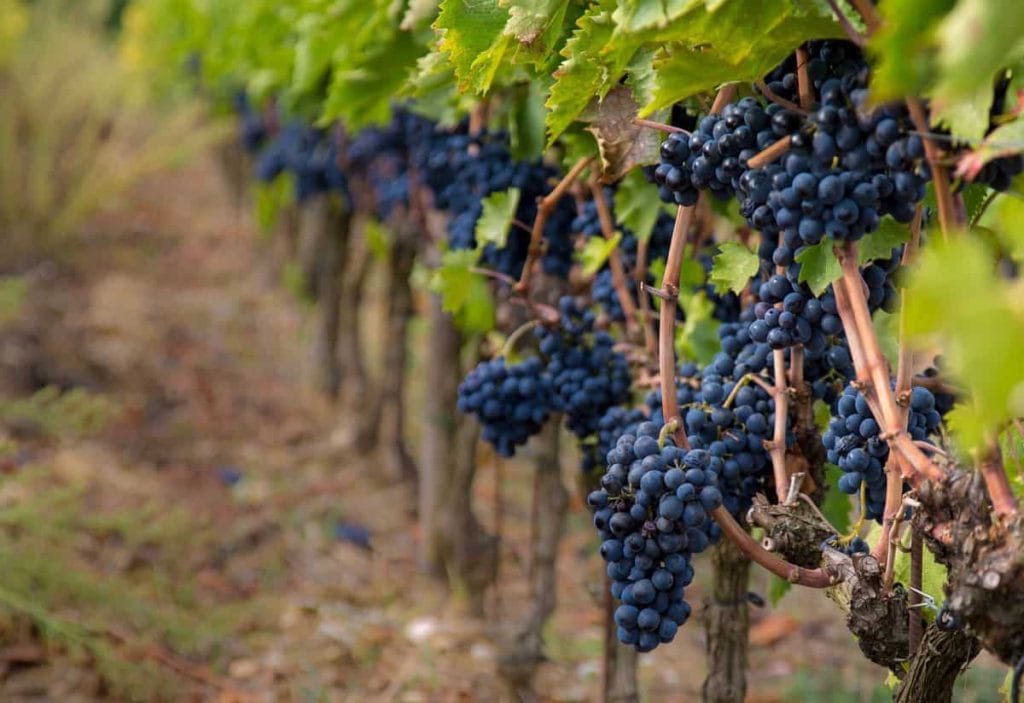
Ciliegiolo was used for years in blends with Sangiovese, but in the late 1970s, some winemakers began vinifying it on its own, deciding to highlight the grape's potential. In hindsight, the choice was more than correct: contemporary tastes that favour fruity vitality and lightness perfectly match the characteristics of the grape, which in more ambitious versions can even age well. It can also be vinified as a white or rosé, resulting in very fresh and fragrant wines.
Here we focus on the best pure Ciliegiolo wines from Umbria and Tuscany that have achieved excellent results in the 2024 Gambero Rosso Vini d'Italia guide.
Umbria is a small region in terms of land area but significant in terms of the high average quality of its wine producers. Here, Ciliegiolo is grown alongside the two main black grape varieties, Sagrantino and Sangiovese, especially in the gentle hills around Narni and Amelia, in the south of the region, near the Lazio border. In Tuscany, we found excellent Ciliegiolo wines in the DOC Maremma Toscana.
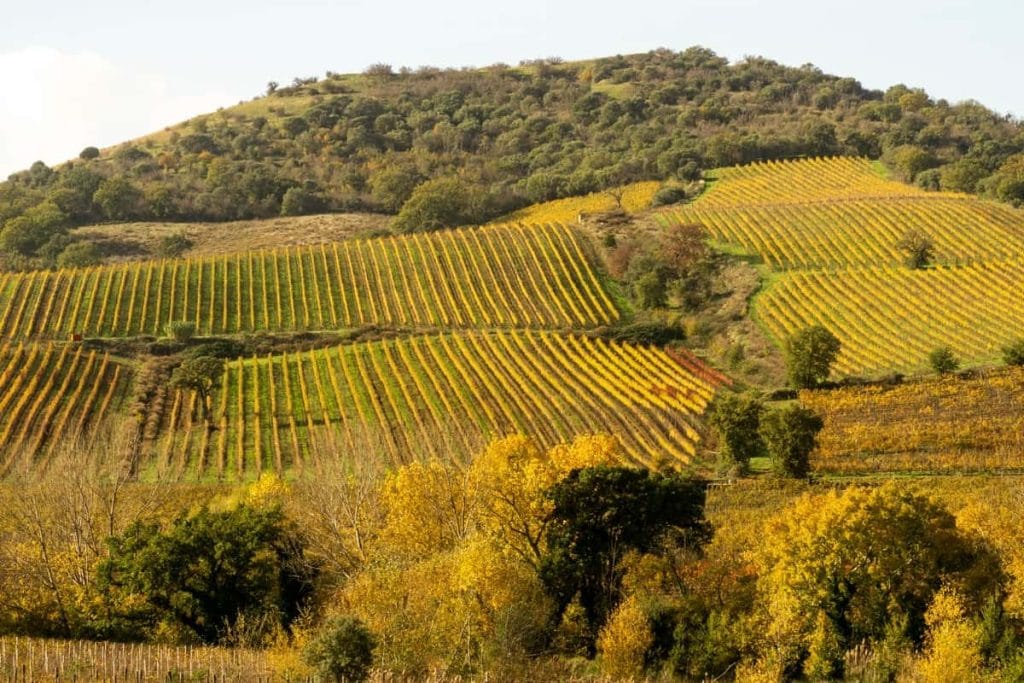
The Best DOC and IGT Ciliegiolo Wines
Here are the best Ciliegiolo wines from Umbria and Tuscany, rated with Tre Bicchieri (Three Glasses) or Due Bicchieri Rossi (Two Red Glasses) by Gambero Rosso.
Umbria
Il Ràmici '20 by Leonardo Bussoletti: Awarded Tre Bicchieri 2024, this wine shows great character, with primary acidity well-integrated into a lean and vibrant body. The length of the sip is masterful, ending in a clean, spicy, almost peppery finish. Also noteworthy is the Brecciaro '21, which combines aromas of small red fruits with a dense, tannic structure. A wine to drink immediately or to let age for a few years to fully enjoy its evolution. Leonardo Bussoletti is dedicated to enhancing the Umbrian winemaking tradition. The winery is new, functional, modern, and worth visiting for its beauty. Leonardo aims to highlight the merits of the Narni area, cultivating typical varieties like Ciliegiolo, producing wines full of flavour and character.
Ciliegiolo Carmìno 2021 by Zanchi: Dense and complex, with cherry, licorice, and underbrush aromas. A red that conveys the territory through a focused and fresh sip, with a long finish. The Zanchi winery is located on the hills of Amelia, in the province of Terni, and is committed to cultivating and enhancing local native grape varieties through a constant pursuit of quality.
Ciliegiolo '22 by Sandonna: Notable for its clear cherry and red fruit aromas with a floral undertone. The palate is energetic and substantial, echoing the nose's sensations. A wine of great vitality and character. The winery avoids invasive winemaking practices and adopts methods such as spontaneous fermentations and no filtration before bottling.
Ciliegiolo '21 Marchesi Ruffo della Scaletta: Awarded for the best regional quality-price ratio, this elegant Ciliegiolo offers fruit and ferrous aromas on the nose. The palate is lively and fleshy, with a long, savoury finish. The vineyards are located in the southern part of Umbria, on the hills between Calvi and Otricoli, cultivating traditional varieties, with Ciliegiolo being the predominant grape.
Ciliegiolo 2021 - Marchesi Ruffo della Scaletta
Cantina Giovannini has made its debut in both the Vini d'Italia 2024 guide and Berebene 2024. It is located a few kilometers from the city of Narni. Careful work is done on the Ciliegiolo, which in the 2019 vintage offers a wine that smells of cherries and blackberries, with a juicy and structured sip and well-integrated tannins.
Monte Calvo '21 from Sassotondo, made from Ciliegiolo, surprises the nose with a sharp attack of berries, followed by thyme and tarragon, and then shifts to nuances of white pepper. The entry in the mouth is pleasant, warm, with fresh acidity and a finish of excellent continuity. Poggio Pinzo '20, also made from Ciliegiolo, has floral tones of potpourri and clear notes of currant on the nose, then reveals itself as delicious, creamy, and dynamic on the palate.
Tuscany
Edoardo Ventimiglia and Carla Benini, founders and operators of Sassotondo, arrived in Sovana in 1990, leaving their city activities behind and committing to a continuously evolving project that began with one hectare of vineyard, a dilapidated house, and many hectares of abandoned land. The first harvest was in 1997, in the newly renovated, underground cellar completely dug out of tuff. Since then, many bottles have preserved the red grapes (Ciliegiolo, Sangiovese, Teroldego, and Merlot) and the white grapes (Trebbiano, Greco, Sauvignon) year after year.
- Maremma Toscana Ciliegiolo Monte Calvo 2021 - Sassotondo
- Maremma Toscana Ciliegiolo Poggio Pinzo 2020 - Sassotondo
The Maremma Ciliegiolo Silio '21 has aromas of small red fruits and spicy, pungent tones, with a well-paced sip and a crunchy, savory articulation. From a pedo-climatic perspective, Maremma is very varied. In the hills that border Tuscany and Lazio, near Manciano, conditions are almost the opposite of the distinctly Mediterranean south of Tuscany bathed by the Tyrrhenian Sea. It was this awareness that, in the 1980s, convinced Enos—the grandfather of the current owner of Montauto, Riccardo Lepri—to focus on white grape varieties, with Sauvignon leading the way. This gamble was won by his grandson, who also relaunched it by adding Pinot Noir.
The Ciliegiolo Vallerana Alta '21 has a savory and continuous sip, with a rhythmic development and a finish with earthy and balsamic tones. Currently, without a doubt, the company of Antonio Camillo embodies the most intimate soul of Maremma’s winemaking. His pronounced humanity makes this merit even more significant. His wines, softly, have become some of the most intriguing labels in the entire area, emerging especially thanks to Ciliegiolo, which Antonio has interpreted in a way that no one had thought to do in recent times. Freed from small barrels, his Ciliegiolo stands out for its clearly readable style, original traits, and established personality, with aromatic notes that refer to red fruits and aromatic herbs, with touches of flint and graphite.

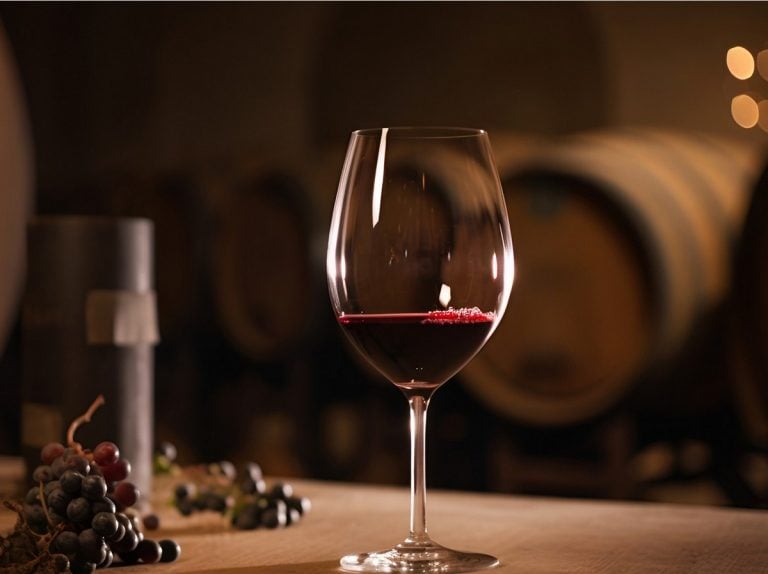
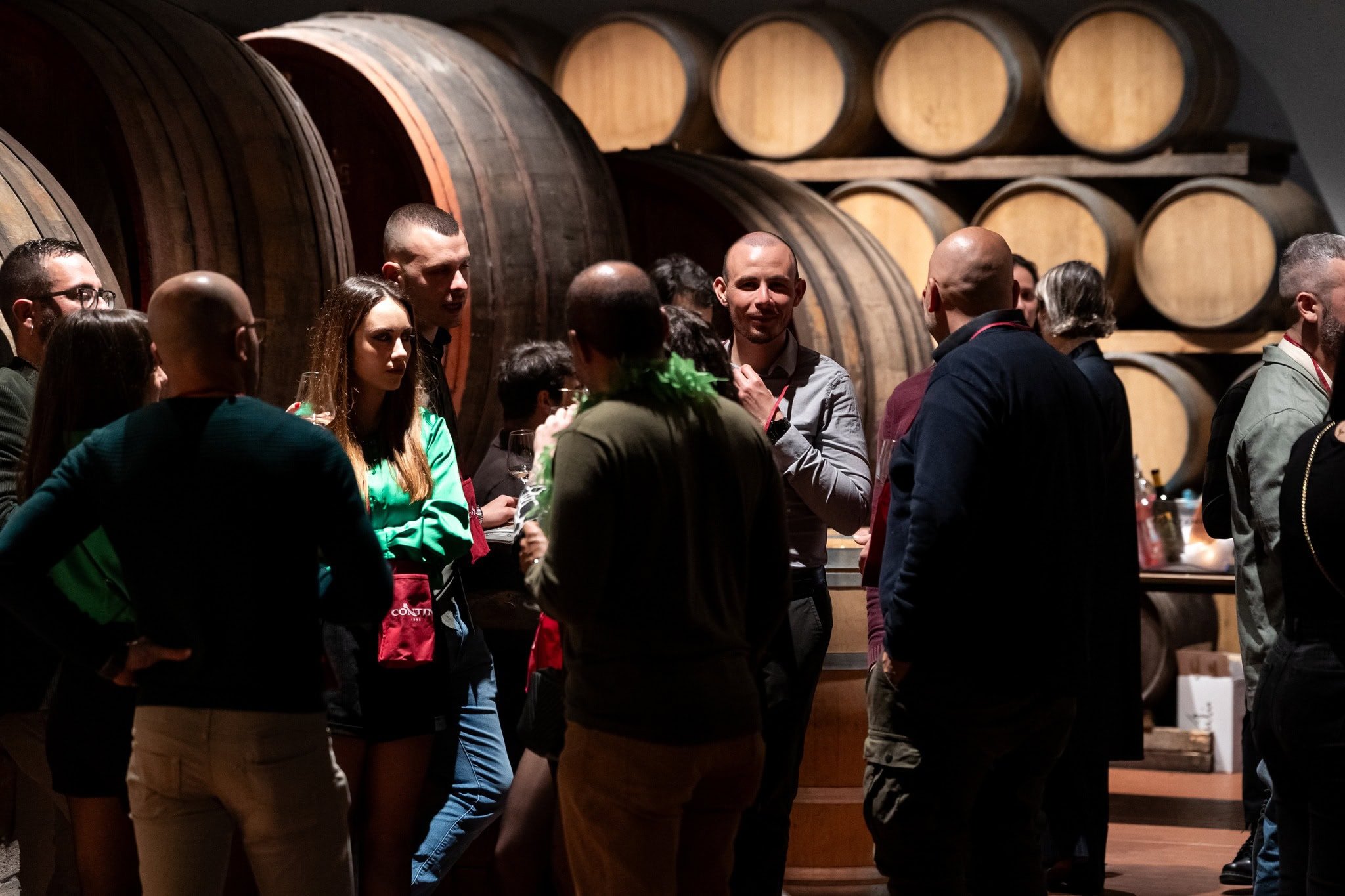 Here are ten Rare Wines you absolutely must try
Here are ten Rare Wines you absolutely must try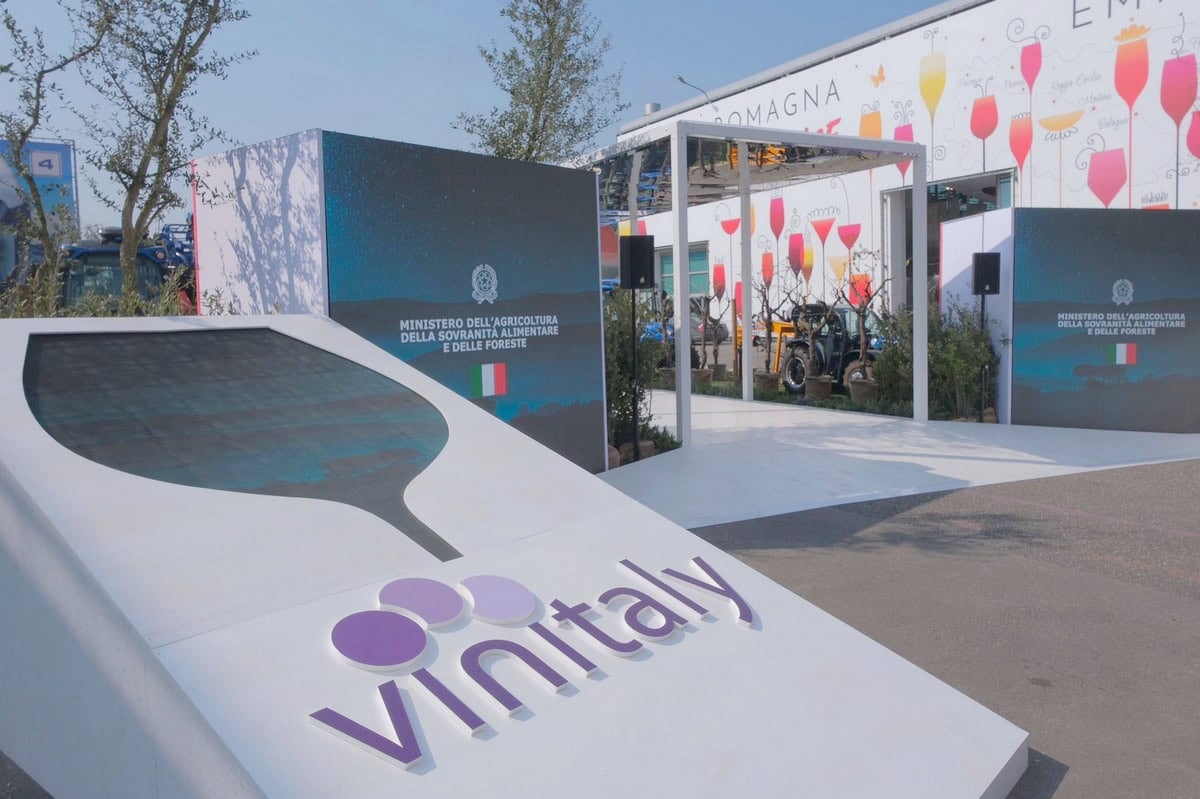 The “Tariff Vinitaly” closes with 97,000 attendees: one third from abroad. See you on 12 April 2026
The “Tariff Vinitaly” closes with 97,000 attendees: one third from abroad. See you on 12 April 2026 Trump “freezes” tariffs for 90 days. UIV: “Now work towards zero tariffs on wine too”
Trump “freezes” tariffs for 90 days. UIV: “Now work towards zero tariffs on wine too” Dealcoholised wines, everyone halt: production in Italy is blocked until 2026
Dealcoholised wines, everyone halt: production in Italy is blocked until 2026 Arianna Occhipinti surprises everyone and returns to Verona: "There are too many natural wine fairs, and they’re too scattered"
Arianna Occhipinti surprises everyone and returns to Verona: "There are too many natural wine fairs, and they’re too scattered"






